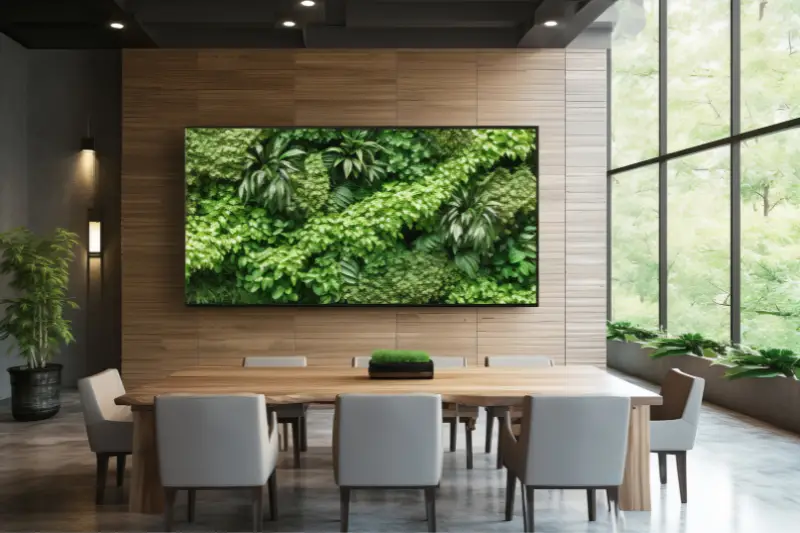Click here to get this post in PDF
Biophilia is love of nature, something we are all hard-wired with, and yet something that is difficult to experience in an industrialized, urban environment.
Fortunately, there is help and hope: Biophilic design, a decades-old architectural and interior design philosophy, incorporates natural elements in interior spaces to create an experience that produces a wide range of significant human benefits. In recent years, biophilic design has caught the attention of property owners of all types, and can be seen in homes, hospitals, hotels, schools, stores, offices and factories.
The infographic below, Biophilic Design: Connecting with Nature Indoors, provides a high-level understanding of this very useful and beneficial design approach. As you will see, biophilic design amounts to much, much more than scattering a few plants around a room. Authentic and effective biophilic design involves building materials, ventilation, lighting, shapes, sounds, and forging subtle connections between the physical space and our perceptions.
Review the infographic to see how this design approach can calm urbanized nerves, improve learning and even generate higher revenue in commercial enterprises. In our increasingly technologically dominated world, it’s become more important than ever to stay connected to nature. And with mobile phone use at record levels anywhere and everywhere, connecting with nature through architecture is something even rural residents need to consider.
You may also like: LED Grow Lights a Complete Lighting Solution for Indoor Plants
Image source: stock.adobe.com

